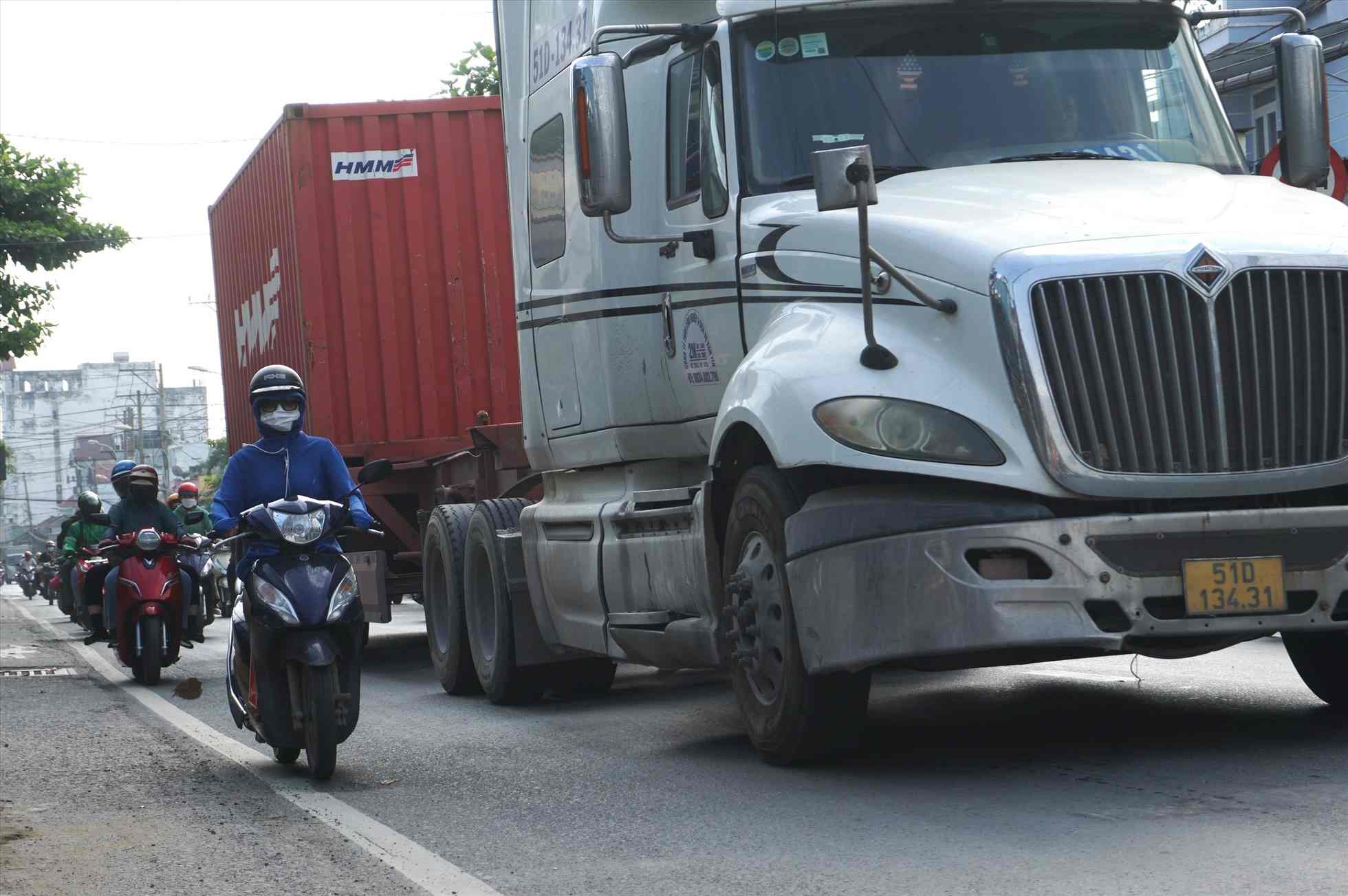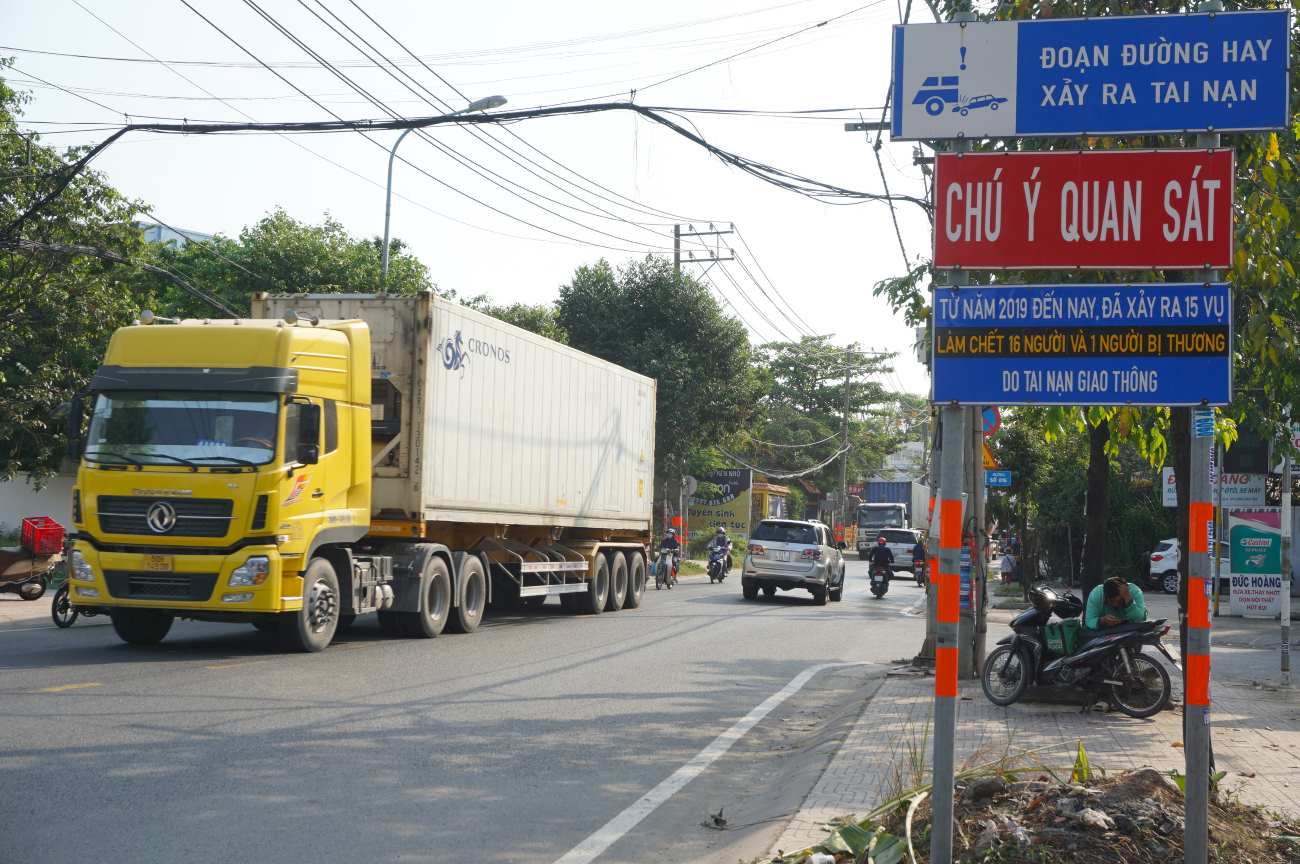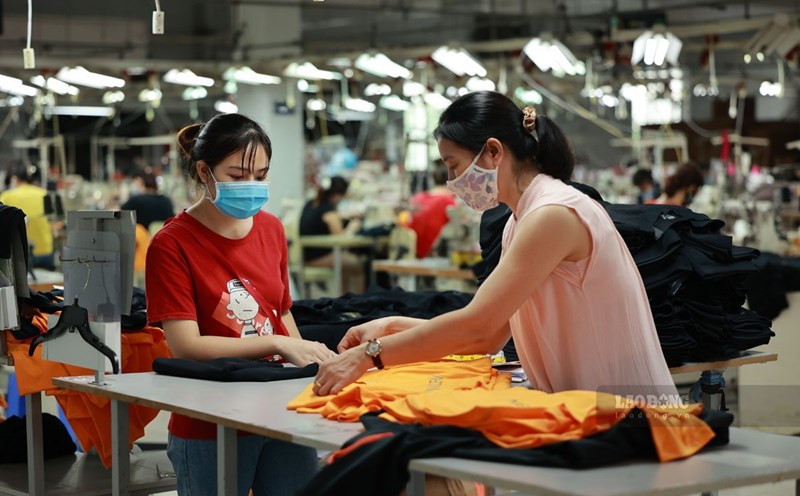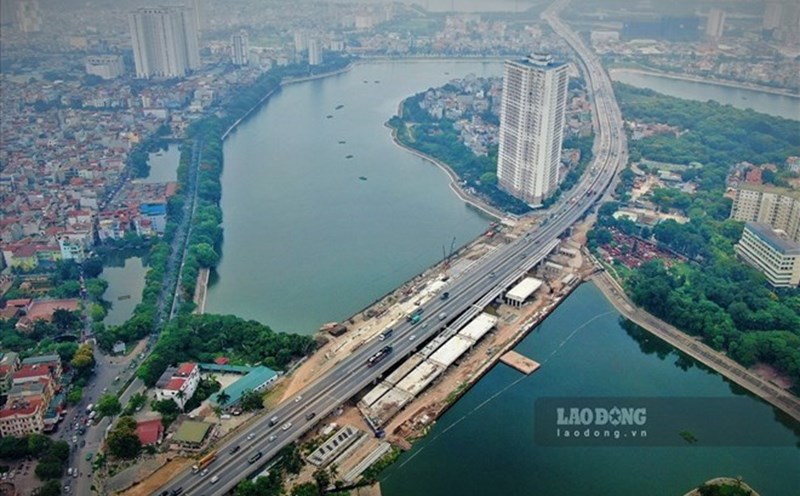The above project was surveyed by the Economic - Budget Committee of the Ho Chi Minh City People's Council on September 19.
According to the plan, the project will be submitted to the Ho Chi Minh City People's Council for consideration and approval of the investment policy at the upcoming 4th Session, 10th tenure. If approved, the project is expected to be implemented in the period of 2025 - 2030.
Previously, the project to upgrade and expand Nguyen Duy Trinh Street was approved by the Ho Chi Minh City People's Committee in 2015, assigning International Transport and Trading Joint Stock Company (ITC) as the investor under the BT (build - transfer) form, with a total capital of about 930 billion VND. However, the project was not implemented after that.
In 2019, the Ho Chi Minh City Department of Transport re-approved the project with a capital of more than 832 billion VND from the city budget.
The road is planned to be widened to 30m, including 4 car lanes and 2 motorbike lanes, with a drainage system, box culverts, and modern lighting. However, for more than 6 years, the project has been "inactive".
To date, the total investment has been adjusted to increase to more than VND3,600 billion, mainly due to increased site clearance costs.

According to the Ho Chi Minh City Department of Construction, the early expansion of Nguyen Duy Trinh route not only contributes to reducing accidents and solving long-term traffic congestion, but also creates favorable conditions for logistics activities at Phu Huu port - one of the important ports in the East of Ho Chi Minh City.
Nguyen Duy Trinh Street is a vital traffic axis in the East, passing through many densely populated residential areas, businesses and construction material gathering areas. This is also the only route connecting to Phu Huu port, so there are more than 10,000 trucks and containers circulating every day.
In particular, the 1.6km section from Phu Huu roundabout (Ring Road 2) to the gate of Phu Huu Industrial Park is considered a "black spot" for accidents.
The road surface is only about 7m wide, when two large trucks traveling in opposite directions have occupied almost all of the road, forcing motorbikes to squeeze into very dangerous spaces.

Despite the signs prohibiting trucks and containers during rush hour, many drivers still defy the regulations. At night, the situation of vehicles running at high speed and blowing loud air horns makes people even more insecure.
On this road section, the authorities have put up many warning signs, along with statistics on the number of fatal accidents, but natural disasters still occur continuously. Due to the many fatal accidents, this road is considered the "road to death" in Ho Chi Minh City.










